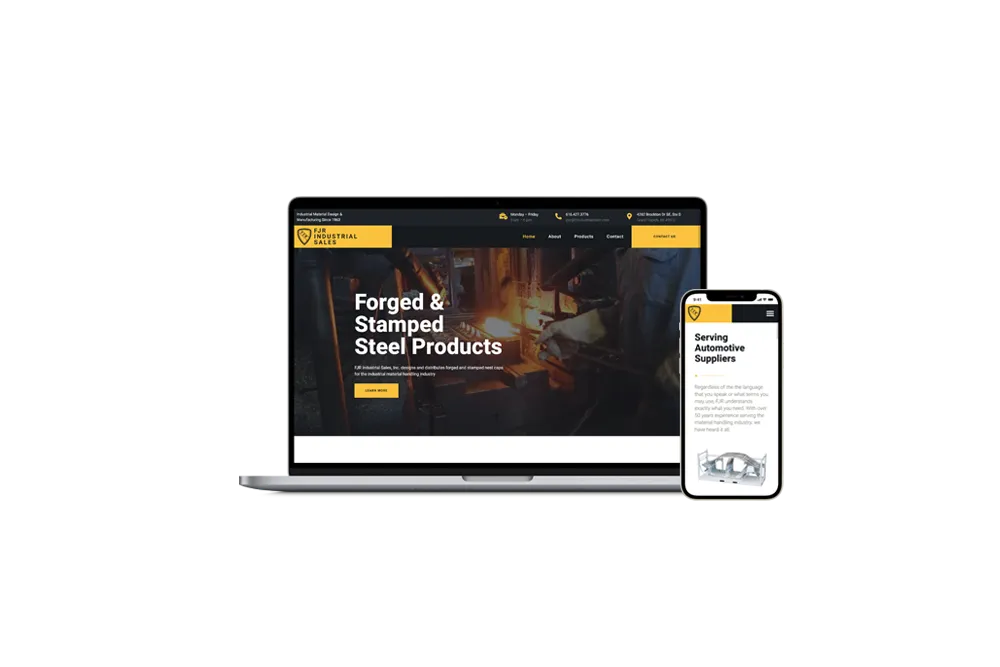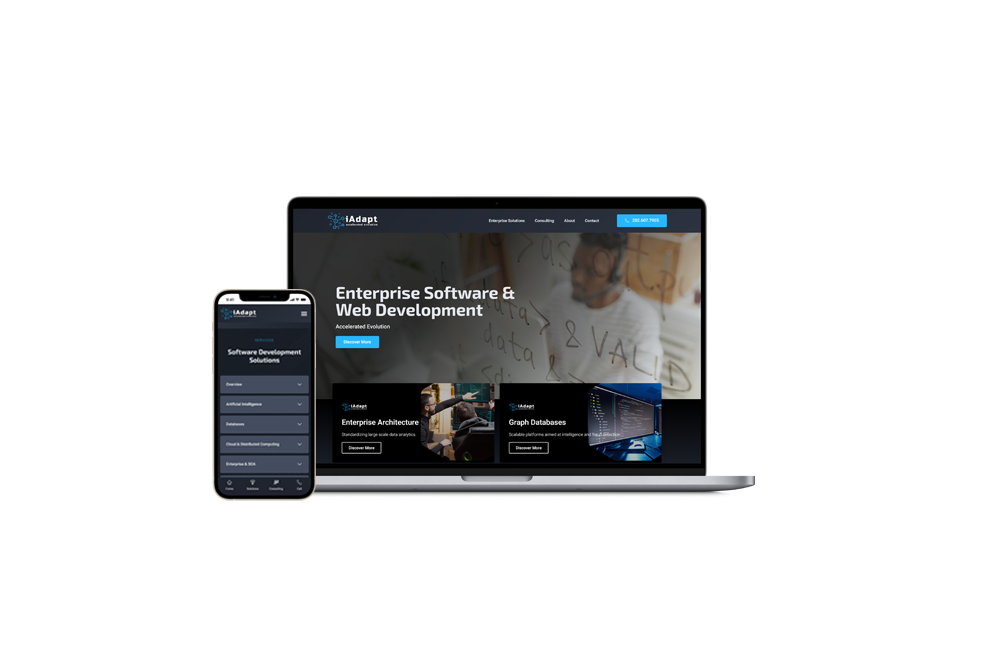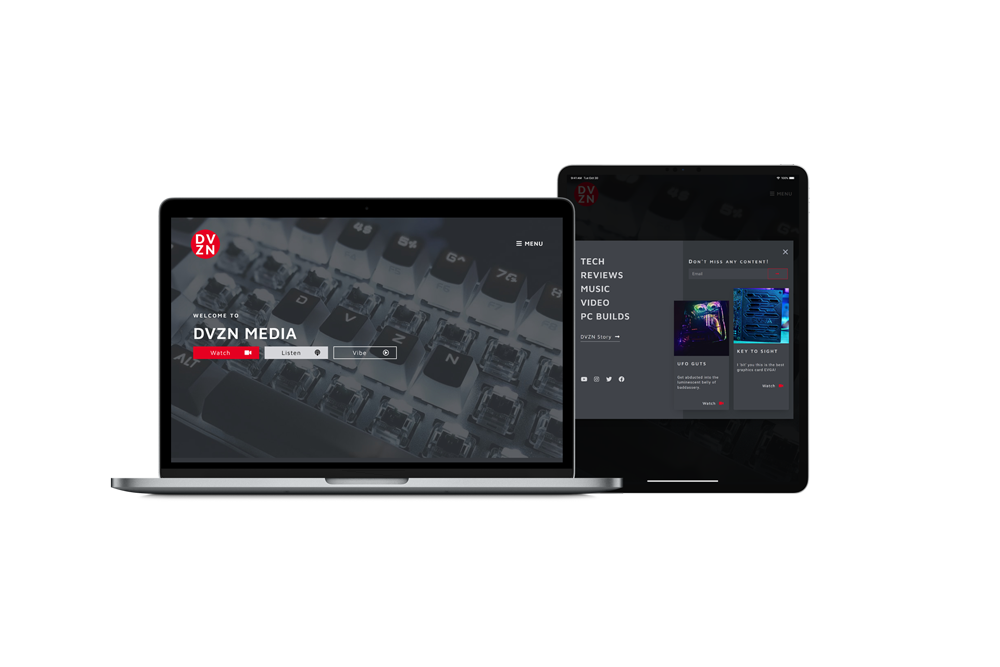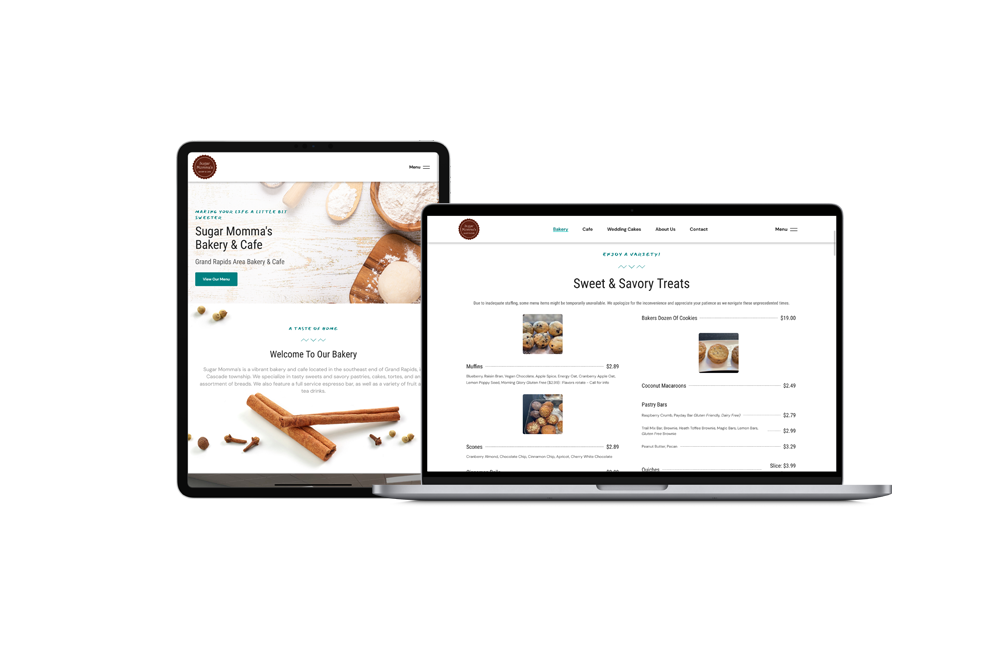E'finit Media Web Design
Professional Website
Design & Development
Let’s build your website with design, performance,
and quality in mind – all at an affordable cost.
Custom Web
Design,
Development
and Maintenance
Web Developer
Your website helps you connect with new customers and build credibility as a master of your craft. With your vision and our execution, E'finit Media will build a website tailored to your brand. Your responsive website will be designed to be functional with an engaging aesthetic and user experience driving prospective clients to take action.
>_ Portfolio
Web Design With Purpose Form Function
Testimonials
What our Clients Say
“Great service! Wonderful communication, timeliness, and consideration towards the ethic of the brand! An awesome finished product! I definitely recommend to anyone looking for a sharper image for their business!”
Sha Cehum
Owner, Salud PGH


“I had the great pleasure of working with Eric from E’finit Media. They did everything I wanted for my site. Modern, simple, easy to read and a way for my clients to contact me. They hit the nail right on the head. Their customer service was excellent. Always there when I had a question and he would get back to me in no time. I highly recommend E’finit Media to anyone looking into having a website built. They will take extra care of you because they go that extra mile. Thanks once again Eric on the great work. Peace.”
Alberto Servin
Owner, Servin Concrete Construction



